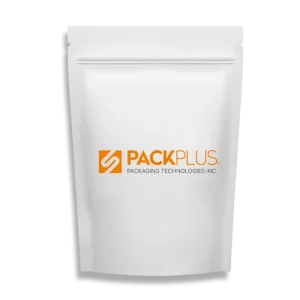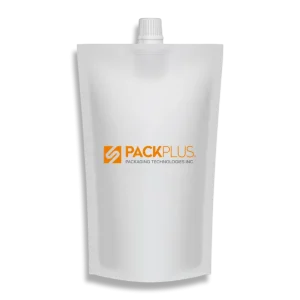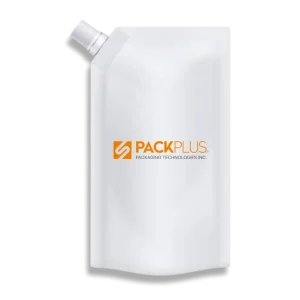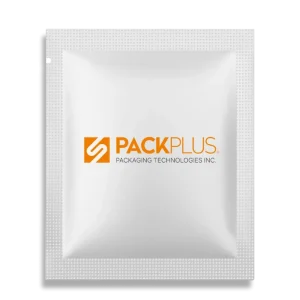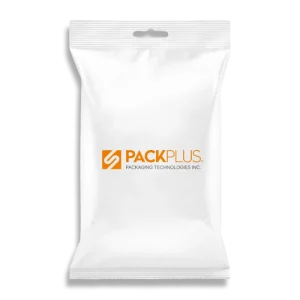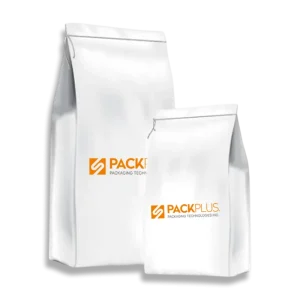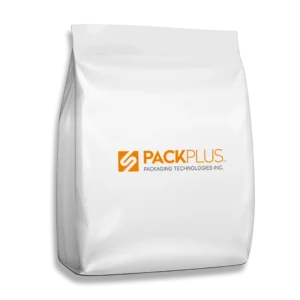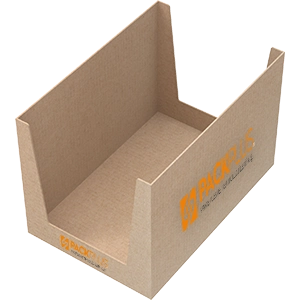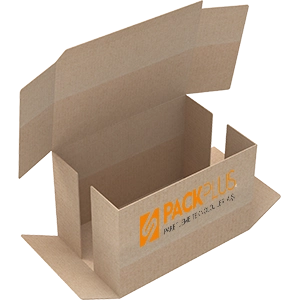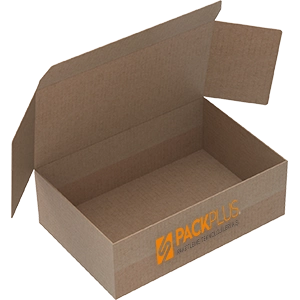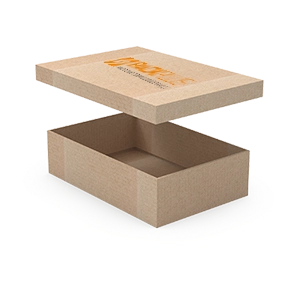Eco-Friendly Renewable Packaging Solutions
Make a Difference with Renewable Packaging Systems
Incorporating renewable packaging systems into your operations allows your business to take a proactive role in environmental conservation. These systems use materials sourced from renewable resources such as plant-based bioplastics, bamboo, or recycled paper, ensuring a steady supply without depleting natural ecosystems. By investing in renewable packaging, you demonstrate your commitment to sustainability, reduce dependence on finite resources like petroleum, and build a brand image that resonates with environmentally-conscious consumers.
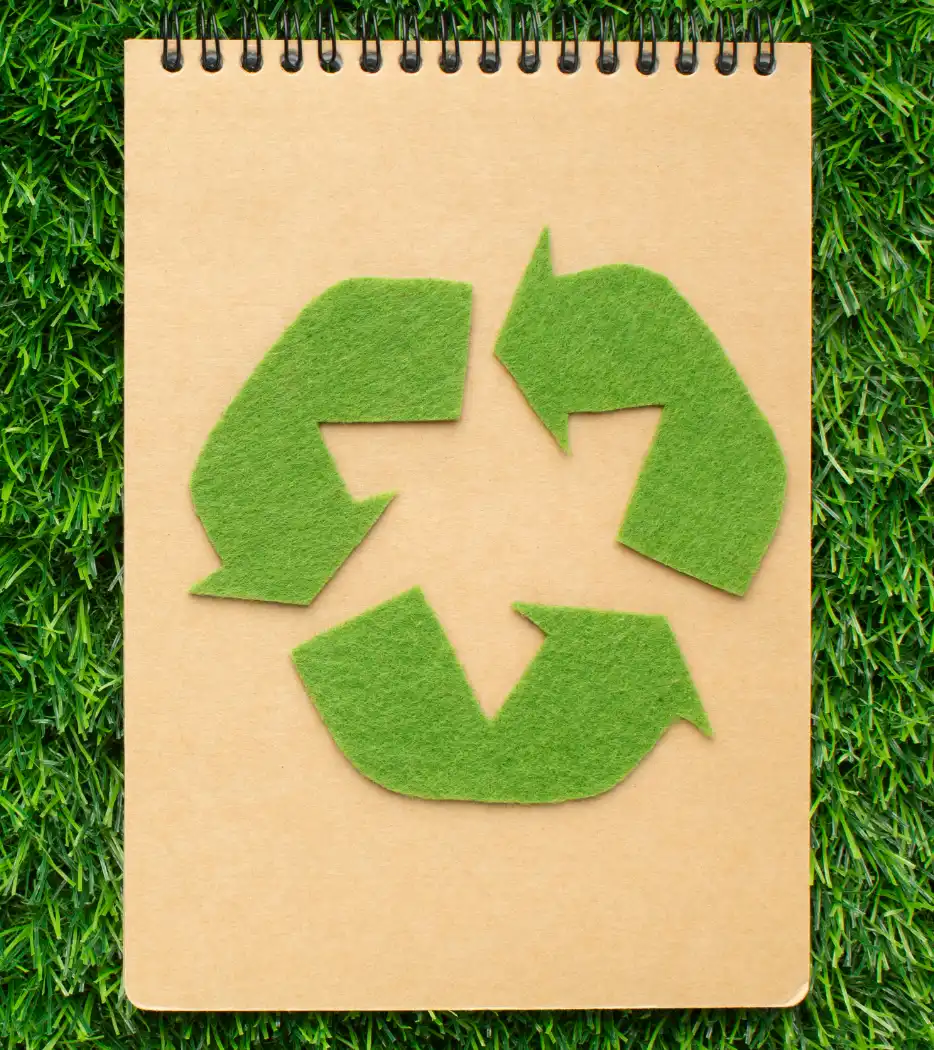


What is Renewable Packaging?
Sustainable packaging refers to eco-friendly packaging solutions designed to minimize environmental impact throughout their lifecycle. This includes using materials that are biodegradable, recyclable, or made from renewable resources, as well as focusing on reducing waste and energy consumption during production. Sustainable packaging solutions aim to balance environmental responsibility with functionality, ensuring your products remain safe and secure while supporting global efforts to reduce pollution and carbon footprints. By choosing sustainable packaging, businesses can align with modern consumer demands for eco-conscious practices while contributing to a greener planet.We offer our customers packaging systems that are environmentally friendly and specially designed to meet industry needs, contributing both to nature and to your business.
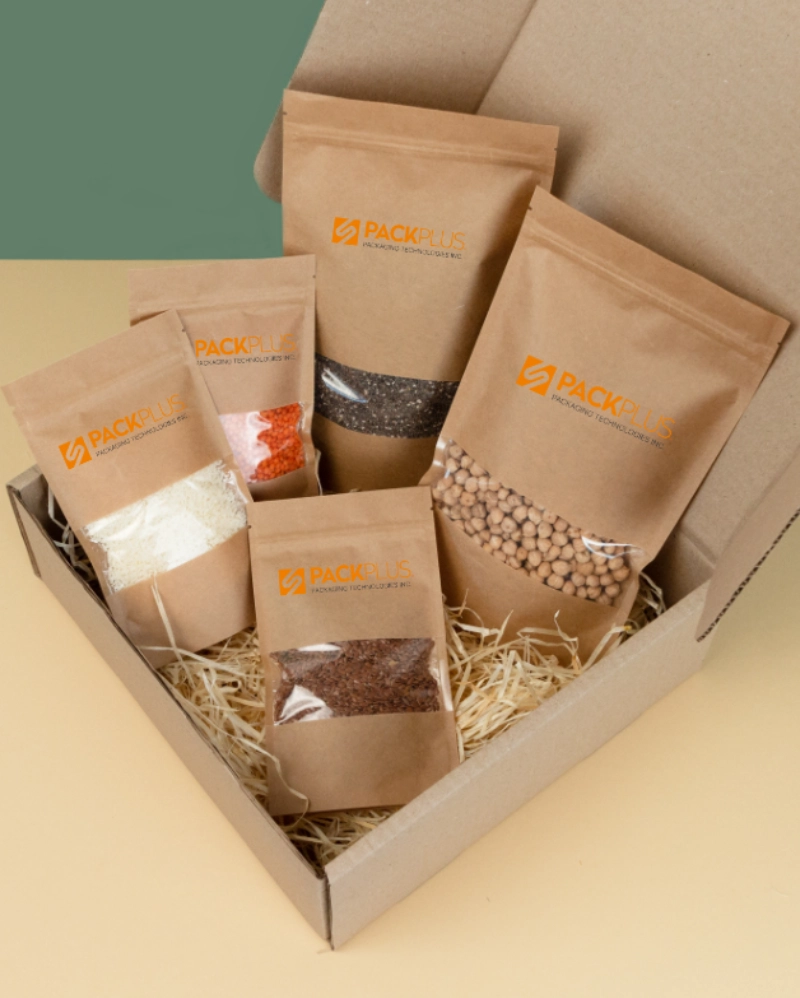
Renewable Packaging Options for Your Products
At Packplus, we offer a wide range of renewable packaging solutions tailored to the diverse needs of businesses:
- Biodegradable Packaging: Made from plant-based materials, these packaging solutions decompose naturally without harming the environment.
- Paper and Cardboard Packaging: Recyclable paper and cardboard options are ideal for everyday consumer products, offering both functionality and eco-friendliness.
- Composite Packaging: Designed with innovative materials and structures, composite packaging offers durability while maintaining a strong environmental profile.
- Reusable Packaging: By using long-lasting, multi-use packaging, we help minimize waste and promote circular usage models.
- Natural Fiber-Based Packaging: Derived from natural sources like jute and bamboo, these solutions provide a sustainable and visually appealing alternative.
Sustainable Packaging Types for Your Products
There are various renewable packaging options available to suit the unique needs of your products. For food and beverage items, compostable containers and plant-based plastics are excellent choices. For retail goods, recycled paperboard or cardboard boxes provide sturdy yet eco-friendly solutions. Flexible packaging options like biodegradable pouches are ideal for lightweight items, while reusable glass or metal containers are perfect for premium products. Each option combines durability and sustainability, ensuring your products remain protected while reflecting your brand’s commitment to the environment. Choose the right renewable packaging to align with your product’s requirements and your sustainability goals.
Advantages of Sustainable Packaging
Sustainable packaging offers numerous benefits for businesses, consumers, and the environment. For businesses, it helps reduce waste management costs, improves brand reputation, and often complies with eco-friendly regulations. Consumers value sustainable packaging for its minimal environmental footprint and the ease of recycling or composting after use. Environmentally, it significantly reduces pollution, conserves resources, and lowers greenhouse gas emissions. Additionally, sustainable packaging can be highly versatile, offering innovative designs that enhance product appeal without sacrificing functionality. Embrace these advantages to future-proof your operations and build a loyal customer base.

Everything You Wonder About Packplus
Contact Us
FAQ – Renewable Packaging Solutions
What is the most renewable form of packaging?
The most renewable form of packaging is packaging that has a low environmental impact and is made from reusable, recyclable or biodegradable materials. For example, materials such as recyclable paper packaging, bioplastics and reusable glass containers are among the least environmentally damaging options. Such packaging contributes to the conservation of natural resources and reduces the amount of waste.
What are the 5 R's of renewable packaging?
The 5 R’s of renewable packaging represent an important approach to waste management:
- Rethink: Re-evaluating packaging design and material choices with environmental impacts in mind.
- Reduce: Save resources by reducing the use of unnecessary packaging.
- Reuse: Prevent waste by reusing packaging as much as possible.
- Recycle: To include used materials in the recycling process.
- Rot: Recycling biodegradable and compostable packaging back into nature.
Does renewable packaging cost more than other packaging?
What are sustainable ideas for packaging?
The following creative ideas for renewable packaging can be implemented:
- Minimalist Design: Reducing packaging size and minimizing material use.
- Use of Bioplastics: Switching to plant-based bioplastics instead of petroleum-based plastics.
Multifunctional - Packaging: Ensuring that packaging can be reused for different purposes.
Natural Materials: Using natural and renewable resources such as jute and bamboo. - Compostable Packages: Prefer compostable materials, especially in the food sector.
How to measure the environmental impact of renewable packaging?
The environmental impact of renewable packaging is measured by criteria such as carbon footprint, biodegradation time, energy consumption and waste reduction. This assessment covers all processes from the production of the packaging to the end of its life cycle.
Which packaging is not renewable?
The following types of packaging are generally not renewable:
- Petroleum Based Plastic Packaging: Takes hundreds of years to biodegrade and causes serious environmental problems.
- Multilayer Packaging: Difficult to recycle as it is a combination of different materials.
- Chemical Weighted Packaging: Contains toxic substances and can harm both nature and human health.
- Single Use Packaging: Does not offer long-term use and generates large amounts of waste.
What is the difference between renewable packaging and recyclable packaging?
Renewable packaging is produced from naturally renewable resources (e.g. bamboo, corn starch), while recyclable packaging is material that can be reprocessed after use and used in other products. The raw material for recyclable packaging may not be renewable. But both play an important role in reducing environmental impacts.
How do Packplus' renewable packaging solutions contribute to the environment?
As Packplus, we reduce carbon emissions, facilitate recycling and minimize waste with our innovative machines and sustainable material options. In this way, we help our customers create an environmentally friendly business model.



